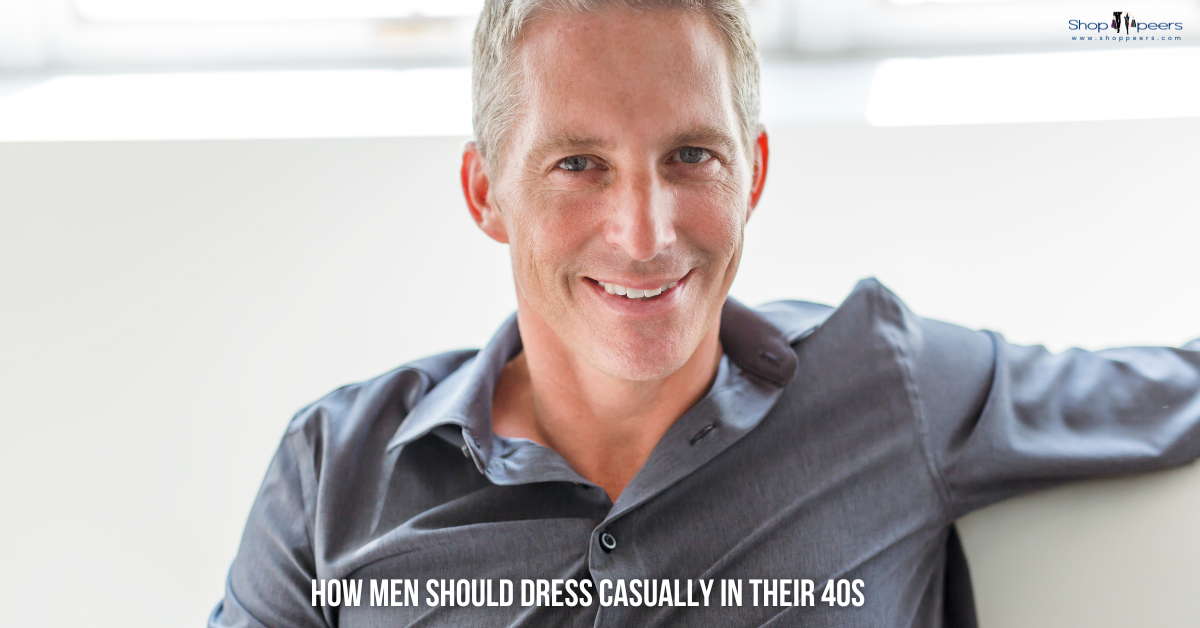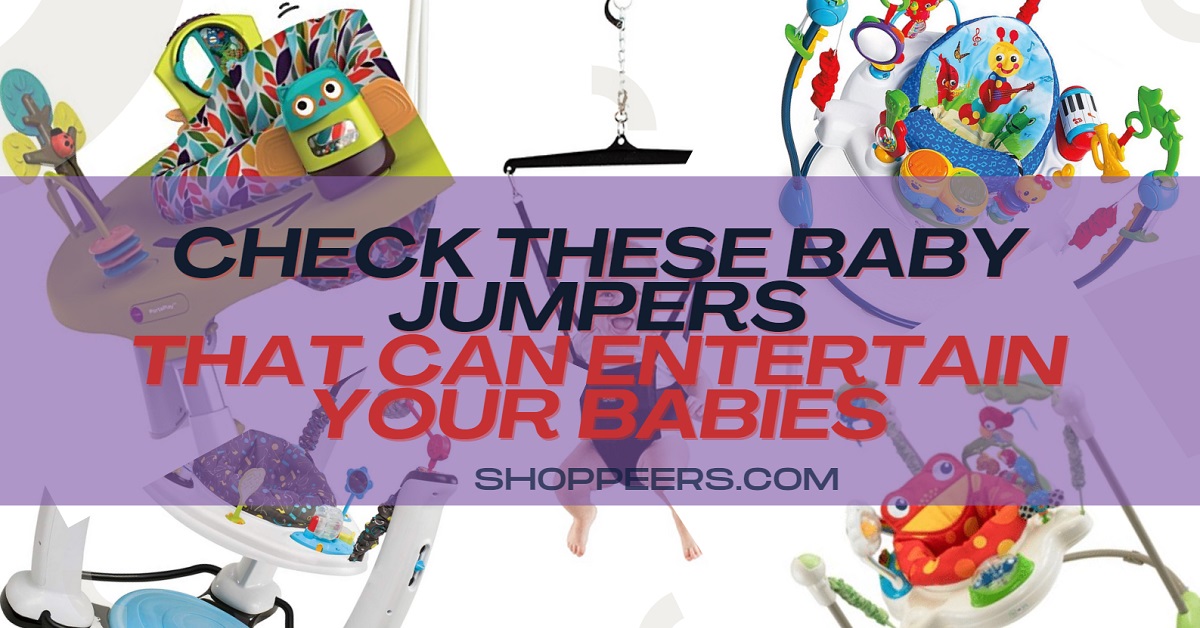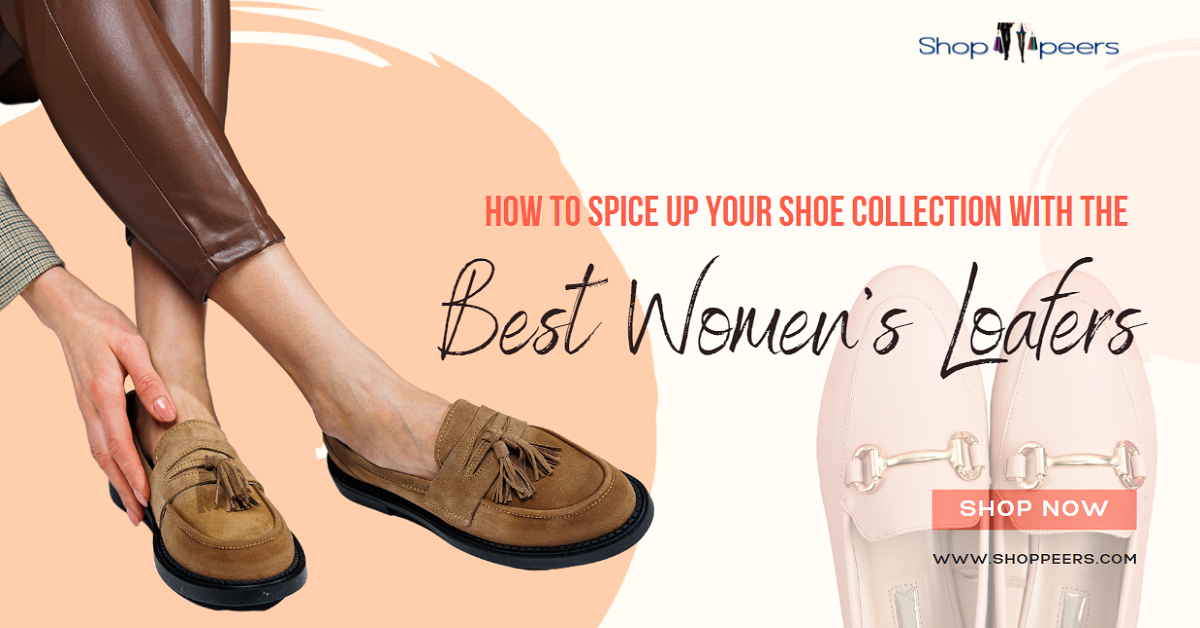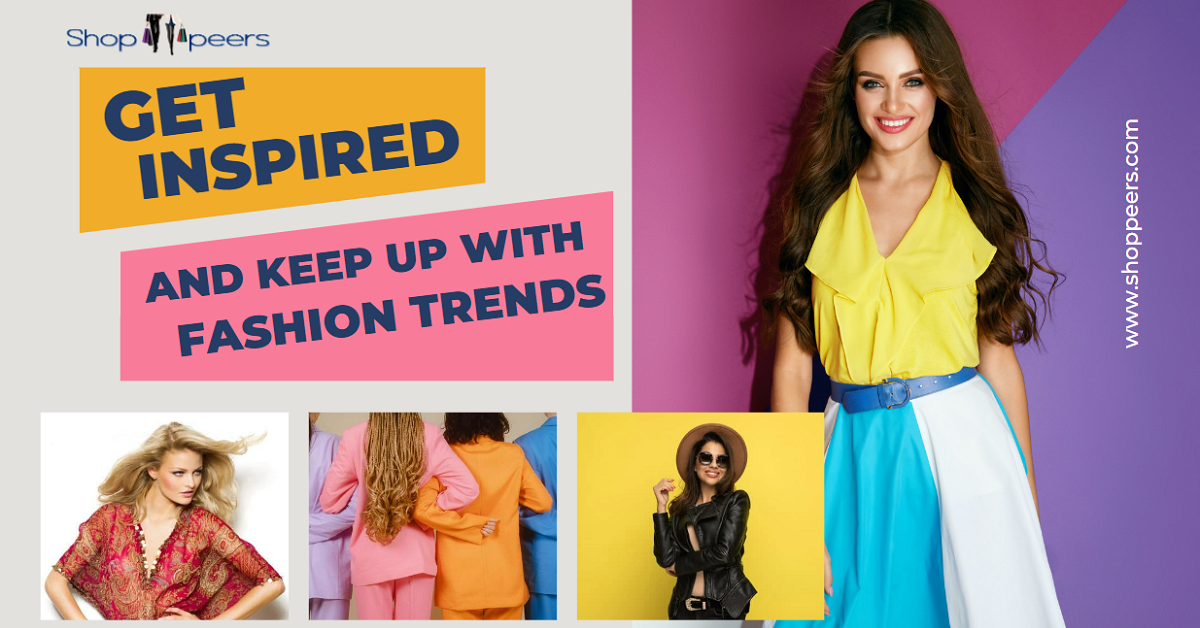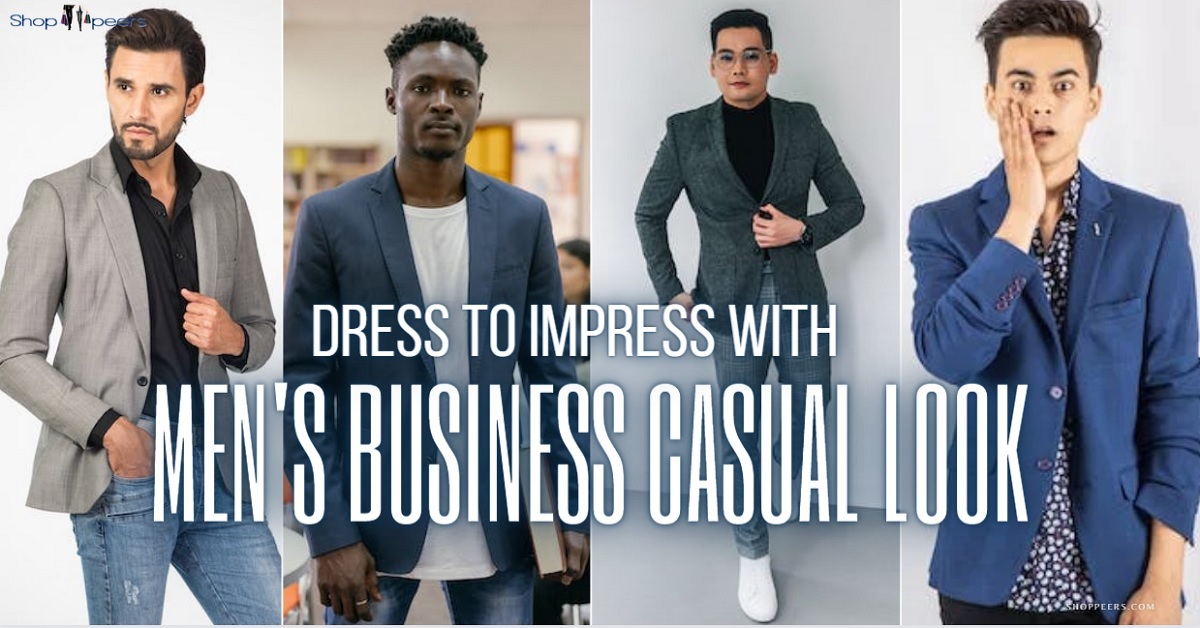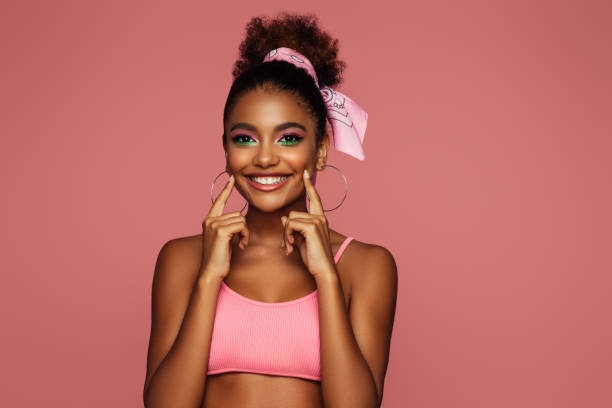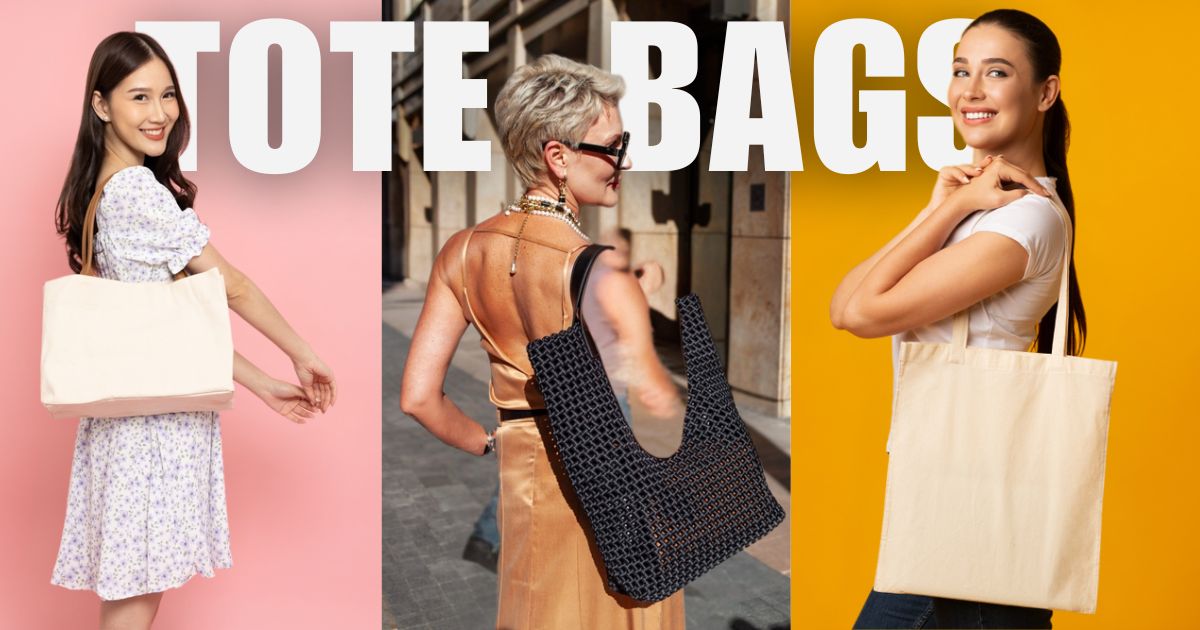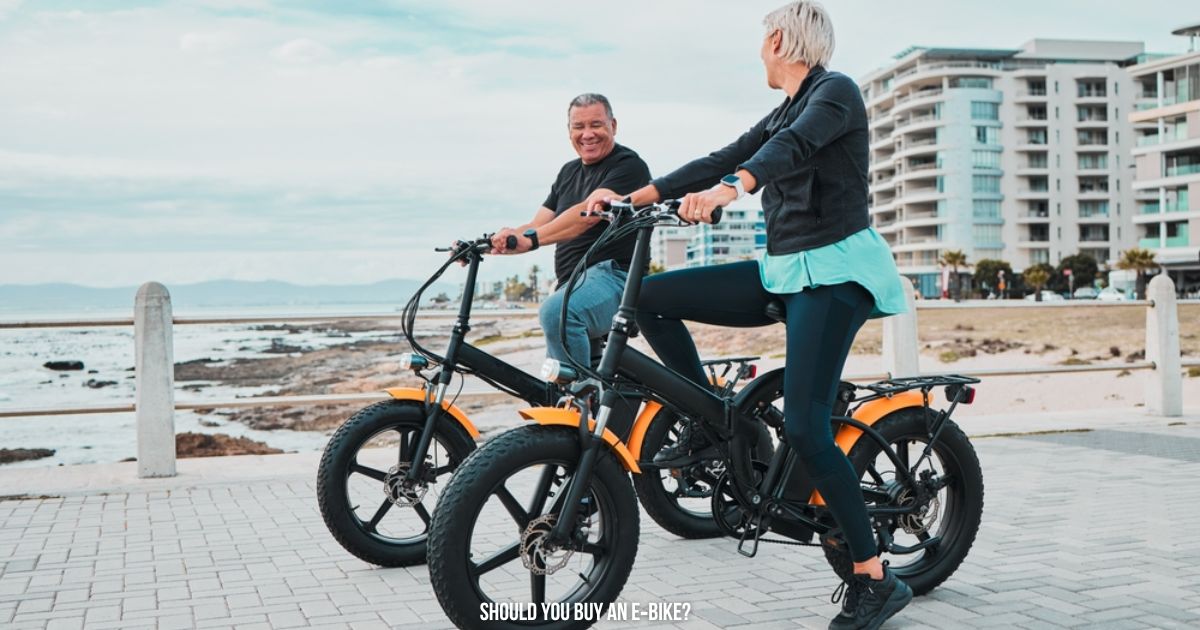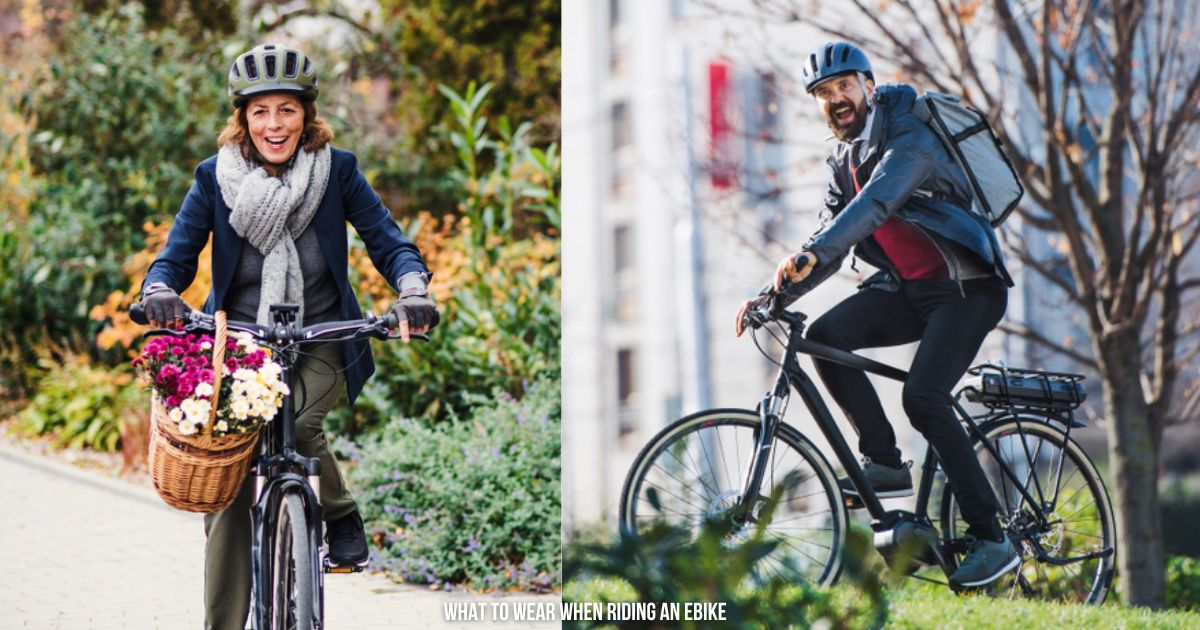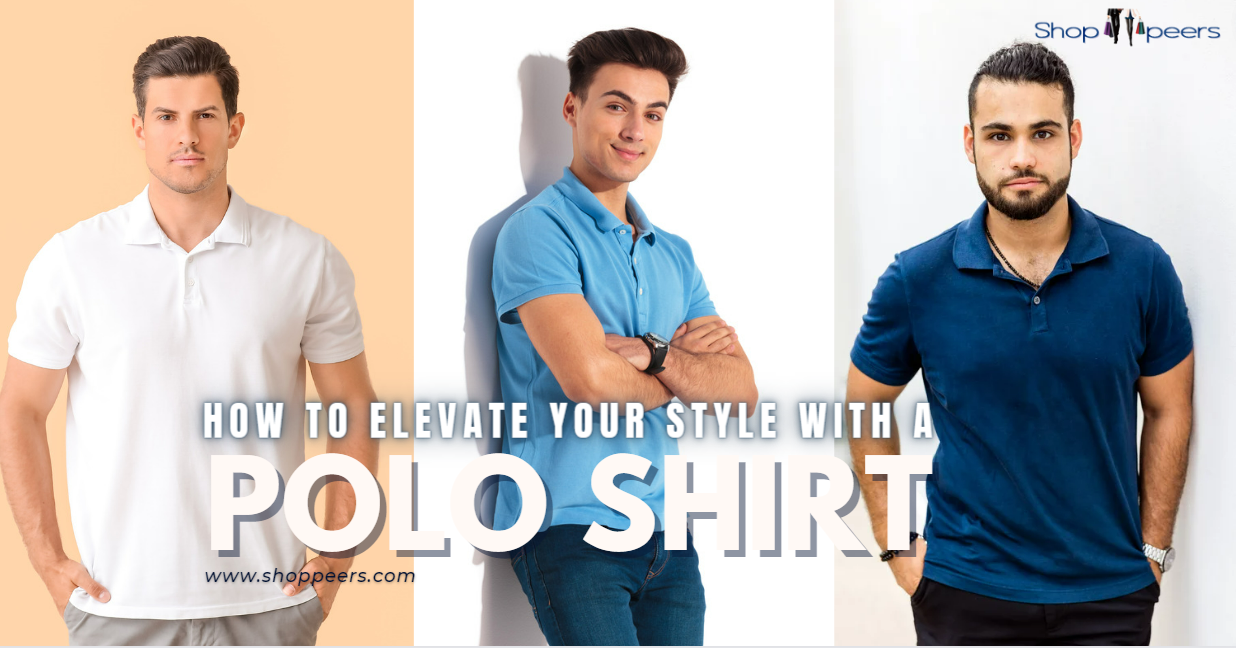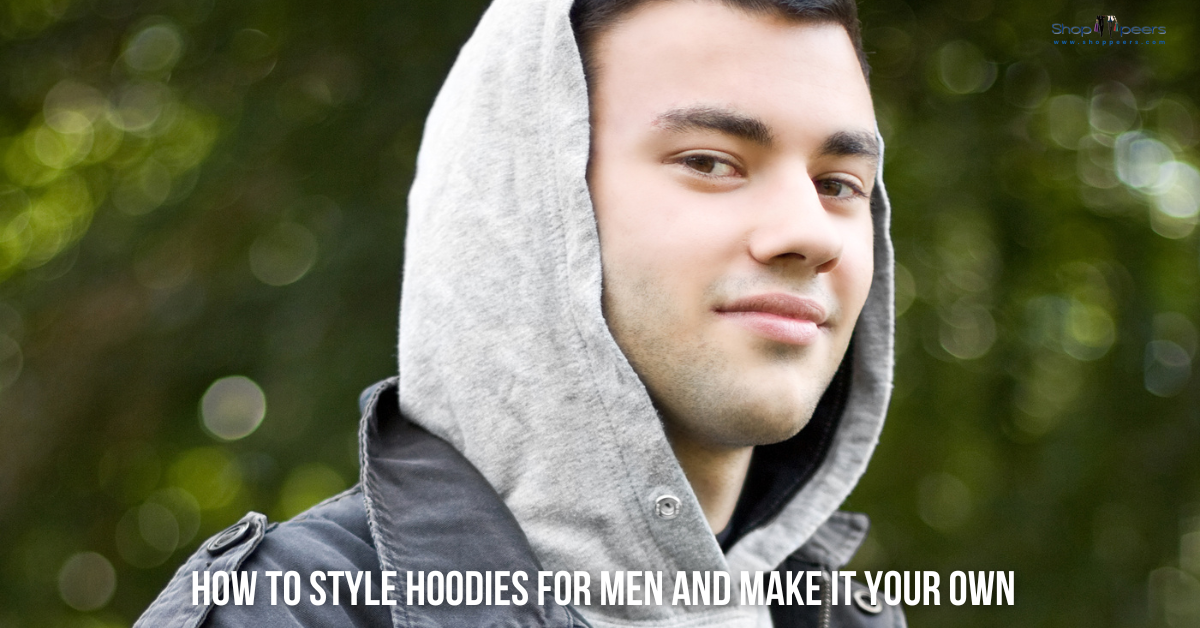Navigating the world of fashion in your 40s can feel like a tricky balancing act. You want to maintain a sense of style and modernity without coming across as trying too hard. When it comes to casual attire, it’s all about striking the right balance between comfort and sophistication. If you’re asking yourself, “How to dress casually as a grown man in my 40s?” you’re in the right place. This guide will help you elevate your everyday wardrobe with practical, stylish choices that keep you looking sharp without sacrificing comfort.
Whether you’re heading to a weekend brunch, a casual office setting, or a laid-back evening with friends, dressing well can make a significant impact. Let’s break down how to achieve this balance, focusing on key elements that will keep your casual wardrobe both functional and fashionable.
How Men Should Dress Casually in Their 40s
1. Invest in Quality Basics
The backbone of a versatile casual wardrobe is a collection of high-quality basics. These are the items you’ll reach for time and again, so it’s worth investing in pieces that are both durable and stylish. Quality basics form the foundation of your wardrobe, making it easier to mix and match outfits that are appropriate for various casual settings. Here’s what to focus on:
- Well-Fitting Jeans: A good pair of jeans is a non-negotiable staple. When you’re in your 40s, fit becomes even more crucial. Opt for classic cuts like straight-leg or slim-fit, which provide a balanced silhouette without being too tight or too loose. Avoid overly distressed or trendy styles—stick to darker washes like indigo or deep blue, as they are more versatile and can be dressed up with a button-down shirt or dressed down with a simple t-shirt. If you prefer a more relaxed fit, look for jeans with a slight taper toward the ankle to avoid a baggy appearance.
- Crisp T-Shirts: T-shirts are a casual essential, but the key to making them look refined is in the fit and fabric. Choose t-shirts that are neither too tight nor too loose; the seam should hit at the edge of your shoulders, and the length should be just right—not too long to bunch up and not too short to expose your midsection. Go for solid colors like white, gray, navy, or black, as these are timeless and versatile. Subtle patterns like thin stripes or small logos can add interest without being overpowering. Look for high-quality cotton or cotton blends, which offer comfort, breathability, and durability. Avoid overly thin or sheer materials, as they can look cheap and wear out quickly.
- Polo Shirts: A well-fitted polo shirt strikes the perfect balance between casual and slightly more dressed-up attire. It’s more polished than a t-shirt but still relaxed enough for casual settings. Polo shirts are incredibly versatile—they can be worn with jeans, chinos, or shorts and look great layered under a jacket or sweater. When selecting polo shirts, pay attention to the fit. A well-fitting polo should gently hug your torso without being too tight. The sleeves should end around mid-bicep, and the hem should fall just below your waistband—long enough to stay tucked in if needed but not so long that it looks sloppy if left untucked.
- Casual Button-Down Shirts: Button-down shirts are incredibly versatile and can be dressed up or down depending on the occasion. A well-fitted shirt should have sleeves that reach your wrist bone, with enough room in the torso to move comfortably but without excess fabric billowing out. Stick to neutral colors like white, gray, or navy, which are easy to mix and match with other items in your wardrobe. For a bit of variety, add a few patterned shirts, such as checks, stripes, or subtle prints. Oxford shirts are a great choice for a more textured, casual look, while chambray and flannel are excellent for cooler months.
- Versatile Sweaters: Sweaters are another cornerstone of a casual wardrobe, providing warmth and style without much effort. When choosing sweaters, opt for neutral tones like navy, gray, black, or earth tones, which pair well with most other clothing items. Crew necks and V-necks are the most versatile styles, as they can be worn on their own or layered over a button-down shirt. For materials, consider wool for its warmth and durability or cotton for a lighter, more breathable option. Avoid overly bulky sweaters, as they can add unnecessary volume to your frame. Instead, look for those that fit close to the body without being tight, ensuring a streamlined look.
2. Layer Smartly
Layering is essential for both style and practicality, allowing you to adjust your outfit as temperatures change throughout the day. Here’s how to do it right:
- Lightweight Jackets: A well-fitted bomber jacket or denim jacket can instantly elevate any casual outfit. These jackets are perfect for layering over t-shirts or button-down shirts, providing a stylish outer layer that’s both functional and fashionable. Choose a neutral color like black, navy, or olive green, which will complement a wide range of outfits. Ensure the jacket fits well at the shoulders and tapers slightly at the waist for a sleek silhouette. Denim jackets, in particular, can add a rugged touch to your look, while bombers offer a more modern, streamlined appearance.
- Cardigans: Cardigans are versatile layering pieces that can be worn over t-shirts, shirts, or even under jackets for added warmth. They offer a more relaxed alternative to blazers, making them ideal for casual settings. Stick to classic colors like navy, gray, or earth tones, which are easy to incorporate into various outfits. Look for cardigans made from materials like wool, cashmere, or cotton blends, which provide warmth without being too heavy. A well-fitted cardigan should have a snug fit around the chest and shoulders, with the hem falling just below the waistline. Shawl collar cardigans can add an extra layer of sophistication to your casual look.
- Casual Blazers: For occasions that require a bit more polish, a casual blazer is an excellent addition to your wardrobe. It’s less formal than a suit jacket but still adds a sophisticated edge to your outfit. A good casual blazer should have a relaxed fit, with soft shoulders and minimal padding. Opt for fabrics like cotton, linen, or wool blends, which offer comfort and flexibility. Neutral colors such as navy, gray, or beige are versatile choices that pair well with jeans, chinos, or even tailored shorts. You can layer a casual blazer over a t-shirt for a smart-casual look or over a button-down shirt for a more refined appearance.
3. Select the Right Footwear
Footwear is a crucial component of your overall look, and the right pair of shoes can make a significant difference in your outfit. Here are some go-to options:
- Stylish Sneakers: Sneakers are a staple of casual footwear, but not all sneakers are created equal. For a grown man in his 40s, it’s important to choose sneakers that are stylish and understated, rather than overly flashy or trendy. Clean, minimalist designs in neutral colors like white, black, or gray are ideal. Leather or suede sneakers offer a more polished look compared to canvas, making them suitable for a wider range of occasions. Ensure your sneakers are clean and well-maintained, as scuffed or dirty shoes can detract from an otherwise well-put-together outfit.
- Casual Loafers: Loafers strike the perfect balance between casual and refined, making them a versatile choice for various settings. Look for loafers made from quality leather or suede, which offer both comfort and durability. Classic colors like brown, black, or tan are easy to pair with different outfits. Loafers can be worn with or without socks, depending on the weather and your personal preference. They work well with chinos, jeans, or even tailored shorts, providing a sophisticated touch without being overly formal.
- Chukka Boots: Chukka boots are a great option for cooler weather, adding a touch of class to your casual wardrobe while remaining comfortable and practical. These ankle-length boots typically feature two or three eyelets and a simple, clean design. Suede chukkas offer a more relaxed look, while leather options can be dressed up slightly. Neutral colors like brown, tan, or gray are versatile choices that can be paired with jeans, chinos, or even casual trousers. Chukka boots provide the perfect blend of style and comfort, making them a must-have for any grown man’s casual wardrobe.
Building Your Casual Wardrobe: What to Avoid
Creating a stylish, casual wardrobe isn’t just about knowing what to include—it’s also about understanding what to avoid. While fashion trends and personal preferences will always play a role, there are some common pitfalls that can detract from your overall look, especially as a grown man in your 40s. Here’s how to steer clear of the most common style mistakes:.
1. Avoid Overly Trendy Pieces
Trends come and go, but timeless style endures. As you build your casual wardrobe, it’s important to strike a balance between staying current and maintaining a classic, ageless look. While it’s perfectly fine to incorporate a few trendy items to keep your style fresh, make sure they don’t overshadow your core wardrobe staples.
- Why It Matters: Overly trendy pieces can date your look quickly, making it apparent when your wardrobe was last updated. For example, neon colors, oversized logos, or ultra-skinny jeans may be popular for a season, but they can look out of place in a more mature, sophisticated wardrobe.
- What to Do Instead: Focus on timeless pieces that will remain stylish for years to come. Classic items like a well-fitting pair of jeans, a quality leather jacket, or a crisp white shirt will never go out of style. If you want to experiment with trends, do so in small doses—perhaps through accessories like a trendy belt, a modern watch, or a pair of up-to-date sneakers. This way, you can stay current without letting fleeting trends dominate your overall style.
2. Say No to Ill-Fitting Clothes
One of the biggest style mistakes men in their 40s make is wearing clothes that don’t fit properly. Ill-fitting clothes, whether too baggy or too tight, can detract from your overall look and make you appear either sloppy or uncomfortable.
- Why It Matters: Proper fit is crucial for looking polished and put-together. Clothes that are too loose can make you look larger or give off an unkempt vibe, while clothes that are too tight can be unflattering and restrict movement. Neither extreme does justice to your physique or style.
- What to Do Instead: Focus on finding clothes that fit your body shape well. If you’re unsure of your size or how clothes should fit, it’s worth getting measured or seeking advice from a knowledgeable salesperson. Tailoring is another excellent option—getting your garments tailored to your specific measurements can make a world of difference. For example, having your jeans hemmed to the right length or adjusting the waist on a pair of trousers can significantly improve your overall appearance. Remember, fit is everything, and well-fitting clothes will always enhance your look.
3. Steer Clear of Excessive Logos
Large logos and flashy designs can make an outfit look less sophisticated, especially as you reach your 40s. While branded clothing can be of high quality, excessive logos often draw unnecessary attention and can detract from a clean, polished appearance.
- Why It Matters: As you mature, your style should reflect confidence and understated elegance. Over-the-top logos can give off the impression that you’re trying too hard to make a statement or that you’re more concerned with brand names than personal style.
- What to Do Instead: Opt for subtle branding or no logos at all for a cleaner look. A small logo on the chest of a polo shirt or the sleeve of a jacket is acceptable, but avoid pieces where the brand name or logo is the focal point. The goal is to let your overall outfit speak for itself rather than relying on flashy branding. Focus on the quality, fit, and craftsmanship of your clothing rather than the brand name displayed on it. This approach will help you maintain a sophisticated, mature style that’s appropriate for your age.
Seasonal Considerations: Adapting Your Casual Look
As the seasons change, so should your approach to dressing casually. Adapting your wardrobe to the weather not only ensures comfort but also keeps you looking stylish all year round. Here’s how to adjust your casual style for different seasons.
1. Spring and Summer
When the weather warms up, your wardrobe should shift towards lighter, breathable fabrics that keep you cool and comfortable without sacrificing style.
- Lightweight Fabrics: During the spring and summer months, prioritize fabrics that breathe and help regulate your body temperature. Linen and light cotton are ideal choices for hot weather—they’re not only comfortable but also stylish in a relaxed, effortless way. Linen shirts, in particular, offer a laid-back vibe while keeping you cool. Look for garments in lighter colors like white, beige, or pastels, which reflect the sun’s rays and add a fresh touch to your wardrobe.
- Shorts: Well-fitted shorts can be both practical and stylish in the warmer months. Avoid overly long or baggy shorts, which can make you look shorter and less refined. Instead, choose shorts that hit just above the knee for a modern, flattering fit. Pair them with a crisp t-shirt, a casual button-down, or even a lightweight polo shirt for a polished yet relaxed look. Materials like cotton or linen blends work well for shorts, providing comfort without sacrificing style.
- Sunglasses: Sunglasses are not just a functional accessory—they’re a style statement. Invest in a quality pair that complements your face shape and provides UV protection. Classic styles like aviators or wayfarers are timeless and versatile, working well with various outfits. Choose a frame color that suits your complexion and goes with most of your wardrobe. Sunglasses can instantly elevate your look, adding a touch of sophistication and mystery.
2. Fall and Winter
As temperatures drop, your wardrobe should incorporate heavier fabrics and layers to keep you warm and stylish. This is the time to embrace textures and rich colors that reflect the season.
- Layer Up: Layering is key to staying warm and looking sharp during the fall and winter months. Start with a base layer, such as a t-shirt or thermal, then add a sweater, and top it off with a jacket or coat. Materials like wool, cashmere, and flannel are excellent choices for adding warmth without bulk. For example, a wool sweater layered under a casual blazer or a flannel shirt worn over a t-shirt can create a cozy yet stylish look. Don’t forget accessories like scarves, gloves, and hats, which add both warmth and a touch of personality to your outfit.
- Coats: A classic trench coat or a well-fitted parka is essential for fall and winter. Trench coats offer a sleek, tailored look that works well for both casual and more polished occasions. Opt for neutral colors like beige, navy, or black, which can be paired with almost anything in your wardrobe. A parka, on the other hand, is ideal for colder, more rugged environments. Look for a parka with a hood and an insulated lining for extra warmth. A well-chosen coat not only provides protection from the elements but also serves as a statement piece that pulls your entire outfit together.
Accessorizing with Confidence
Accessories are the finishing touches that can elevate a casual outfit from ordinary to exceptional. They not only serve practical purposes but also reflect your personal style. Here’s how to choose and wear accessories with confidence as a grown man in your 40s.
1. Belts
A belt might seem like a small detail, but it plays a significant role in completing your outfit. A quality leather belt in a neutral color can be a subtle but effective accessory that pulls your entire look together.
- Why It Matters: The right belt does more than just keep your pants up—it adds structure and polish to your outfit. A well-chosen belt can also highlight your waistline, creating a more balanced and proportionate appearance.
- What to Look For: When selecting a belt, opt for high-quality leather, which not only looks better but also lasts longer. Brown and black are versatile choices that can be paired with most outfits. Ensure that the belt width matches the formality of your outfit—wider belts are more casual and work well with jeans, while narrower belts are better suited for dressier occasions. The buckle should be simple and understated, avoiding anything too flashy or oversized. If you want to add some variety, consider a braided leather belt or one with subtle texture, which can add visual interest without overwhelming your look.
- How to Wear It: Match your belt with your shoes as a general rule of thumb—black shoes with a black belt, brown shoes with a brown belt. This coordination creates a cohesive appearance that’s both stylish and sophisticated. Remember, the belt should fit well; you should be able to comfortably fasten it in the middle hole, with just enough length left to tuck into the belt loop.
2. Watches
A watch is more than just a timekeeping device—it’s a statement of your personal style and attention to detail. A simple, classic watch can be a great addition to your outfit, providing both function and flair.
- Why It Matters: In a world where many rely on smartphones for the time, wearing a watch sets you apart as someone who appreciates the finer details. It’s a subtle indicator of maturity and sophistication. A well-chosen watch can also be a conversation starter and a way to express your individual taste.
- What to Look For: You don’t need an expensive or flashy watch to make an impact. What’s important is that the watch complements your personal style and fits well with your wardrobe. For everyday wear, consider a minimalist watch with a leather or metal strap. Leather straps, particularly in black or brown, offer versatility and can be dressed up or down. Metal bracelets, like stainless steel or titanium, provide a more robust, timeless look. If you’re active or prefer a sportier aesthetic, a high-quality rubber strap or a watch with a simple, clean dial might be more appropriate.
- How to Wear It: Ensure that your watch fits properly on your wrist—it should sit snugly but comfortably without sliding around. The size of the watch face should be proportional to your wrist; oversized faces can overwhelm smaller wrists, while a too-small face can look out of place on larger wrists. If you have multiple watches, consider matching the strap material to your other accessories—leather with leather belts, metal with metal belt buckles. Remember, the key is subtlety and coordination, not ostentation.
3. Bags
A well-designed bag is both functional and stylish, making it an essential accessory for the modern man. Whether you’re heading to work, the gym, or a casual outing, the right bag can complement your outfit and meet your daily needs.
- Why It Matters: A bag is often one of the first things people notice about you, especially if you’re carrying it into a meeting or social event. It reflects your personality, attention to detail, and even your lifestyle. A sleek, stylish bag suggests that you’re organized and take pride in your appearance.
- What to Look For: When choosing a bag, consider your daily needs and the overall style of your wardrobe. For a professional or business-casual look, a leather messenger bag or a briefcase in a neutral color like black, brown, or navy is a versatile choice that exudes sophistication. These bags offer enough space for essentials like a laptop, documents, and other daily necessities while maintaining a polished appearance. If your lifestyle is more casual, a sleek backpack can be both practical and stylish. Look for one made from quality materials like leather, canvas, or a durable synthetic fabric, with clean lines and minimal branding. The color should be versatile enough to match most of your outfits.
- How to Wear It: Ensure that the bag you choose is proportionate to your body size—a bag that’s too large can look cumbersome, while one that’s too small may not serve its purpose. For messenger bags and briefcases, adjust the strap so that the bag sits comfortably at your side or slightly below your hip. If you’re wearing a backpack, make sure the straps are even and that the bag sits close to your back, rather than hanging too low. This not only looks better but also prevents strain on your shoulders and back.
Embrace the simplicity well-curated wardrobe
Mastering how to dress casually as a grown man in your 40s doesn’t have to be complicated. By focusing on quality basics, smart layering, and appropriate footwear, you can build a versatile wardrobe that keeps you looking sharp and feeling comfortable. Remember, the key is to invest in timeless pieces that fit well and reflect your personal style.
With these tips, you’ll be well-equipped to navigate any casual occasion with confidence and ease. Embrace the simplicity and elegance of a well-curated wardrobe, and you’ll find that dressing casually can be both stylish and effortless.

